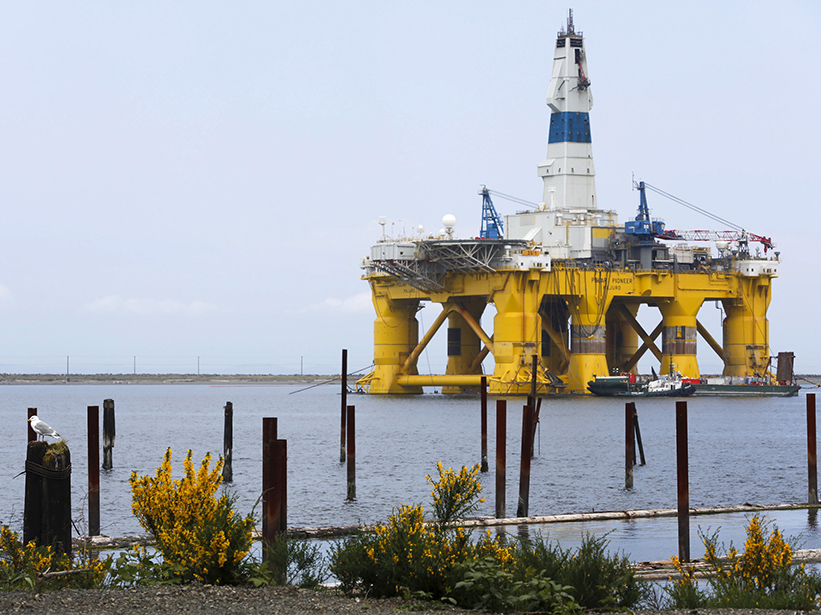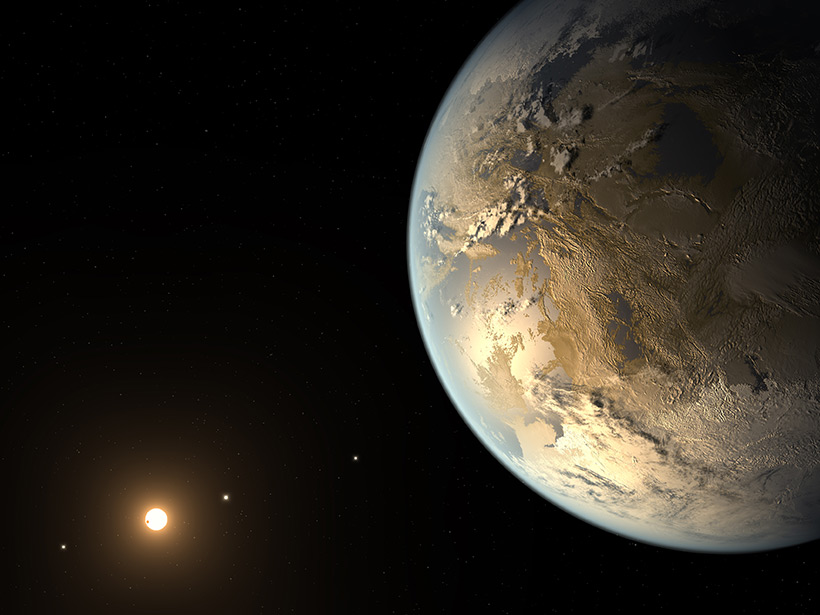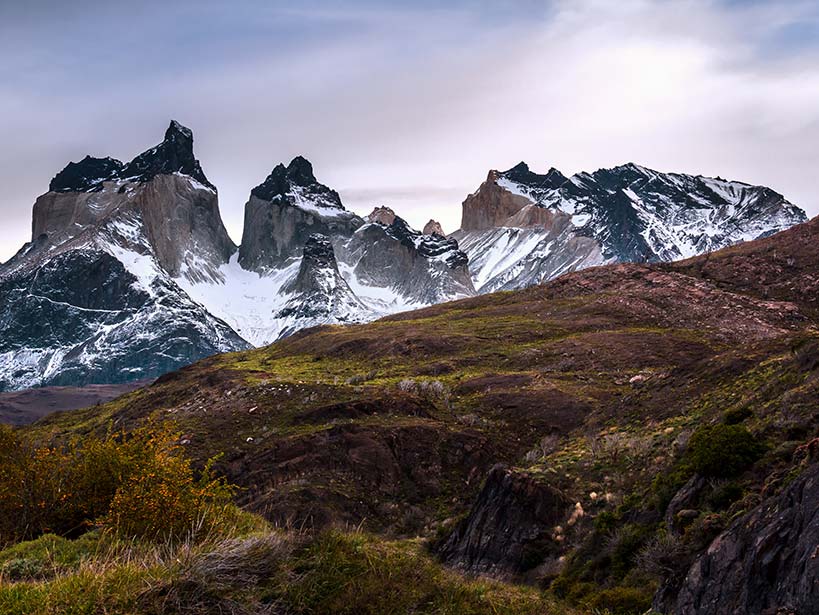Shell's drilling activities in the Arctic drew the world's eyes to the far north and to issues like climate change and oil spills, the U.S. special representative for the Arctic said in a recent talk.
CC BY-NC-ND 2016
Visiting the Volcano
Workshops on Volcanoes; Santiaguito, Guatemala, 4–12 January 2016
Polarity Reversals in the Earth’s Magnetic Field
Studies of geomagnetic polarity reversals have generated some of the biggest and most interesting debates in the paleomagnetic and wider solid Earth geophysics communities over the last 25 years.
Becoming Habitable in the Habitable Zone
Scientists explore how interactions between a rocky planet's climate, mantle, and core can affect its evolution and determine whether it could sustain life.
Rapidly Activated Satellite Completes A European Constellation
Sentinel-1B will move to a new orbit on the other side of our planet from its sister spacecraft Sentinel-1A.
Extending Recent Seismic Imaging Successes to South America
Ambient Noise Tomography Workshop (MIMOSA); Tucson, Arizona, 17–23 January 2016
Impacts Might Have Made Ancient Mars Briefly Hospitable to Life
A bombardment of the Red Planet 4 billion years ago could have created hot springs that allowed life to flourish.
When Rivers and Tides Collide
Scientists review several decades of research on the complex freshwater reach where fluvial and tidal forces meet.
Climate Change Influences the Dynamics Behind Tropical Cyclones
A new model reveals how cumulus convection, humidity, and tropical circulations interact as global temperatures rise.
Eating Less Meat, Wasting Less Food Could Save Water Worldwide
In tandem, two strategies could lower water consumption by 28% and ensure better water supply for more than 600 million people.









